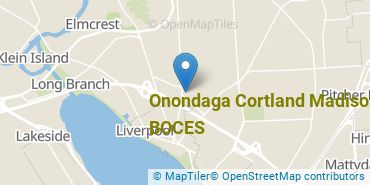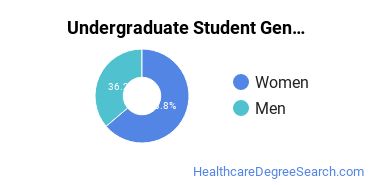Onondaga Cortland Madison BOCES Healthcare Programs
Located in Liverpool, New York, Onondaga Cortland Madison BOCES is a public institution. Liverpool is a good match for students who enjoy the safety and convenience of the suburbs.
Featured schools near , edit
Where Is Onondaga Cortland Madison BOCES?

Contact details for Onondaga Cortland Madison BOCES are given below.
| Contact Details | |
|---|---|
| Address: | Main Campus, Liverpool, NY 13088 |
| Phone: | 315-453-4455 |
| Website: | ocmboces.org |
How Do I Get Into Onondaga Cortland Madison BOCES?
You can apply to Onondaga Cortland Madison BOCES online at: ocmboces.org/
Can I Afford Onondaga Cortland Madison BOCES?
Student Loan Debt
Almost 66% of college students who graduated with the class of 2018 took out student loans, but that percentage varies from school to school. At Onondaga Cortland Madison BOCES, approximately 66% of students took out student loans averaging $5,628 a year. That adds up to $22,512 over four years for those students.
Onondaga Cortland Madison BOCES Undergraduate Student Diversity
Gender Diversity
Of the 297 full-time undergraduates at Onondaga Cortland Madison BOCES, 40% are male and 60% are female.

Racial-Ethnic Diversity
The racial-ethnic breakdown of Onondaga Cortland Madison BOCES students is as follows.

| Race/Ethnicity | Number of Grads |
|---|---|
| Asian | 7 |
| Black or African American | 83 |
| Hispanic or Latino | 11 |
| White | 190 |
| International Students | 0 |
| Other Races/Ethnicities | 6 |
Onondaga Cortland Madison BOCES Healthcare Concentrations
The table below shows the number of awards for each concentration.
| Major | Basic Certificate | Undergraduate Certificate | TOTAL |
|---|---|---|---|
| Licensed Practical/Vocational Nurse Training | 0 | 63 | 63 |
| Dental Assisting/Assistant | 20 | 0 | 20 |
| Medical/Clinical Assistant | 16 | 0 | 16 |
| Sterile Processing Technology/Technician | 4 | 0 | 4 |
| TOTAL | 40 | 63 | 103 |
References
*The racial-ethnic minorities count is calculated by taking the total number of students and subtracting white students, international students, and students whose race/ethnicity was unknown. This number is then divided by the total number of students at the school to obtain the racial-ethnic minorities percentage.
More about our data sources and methodologies.
